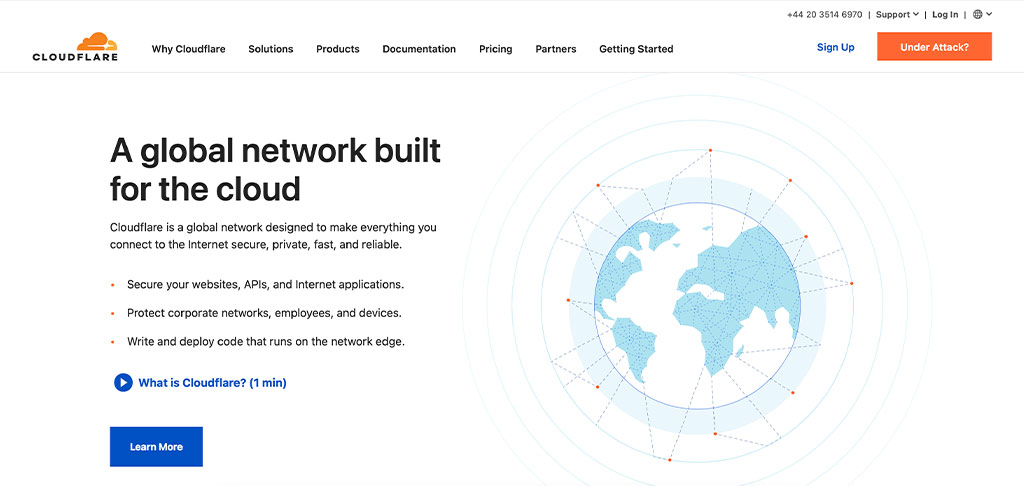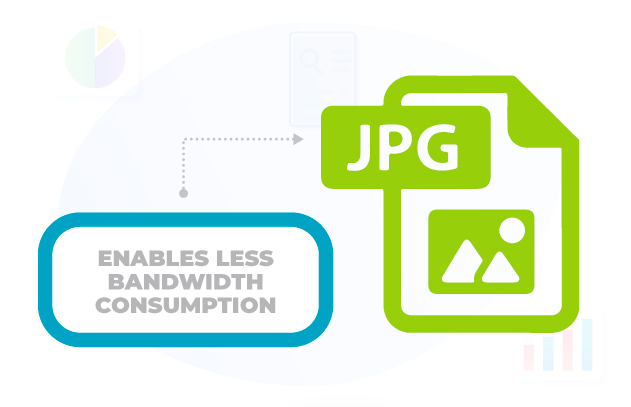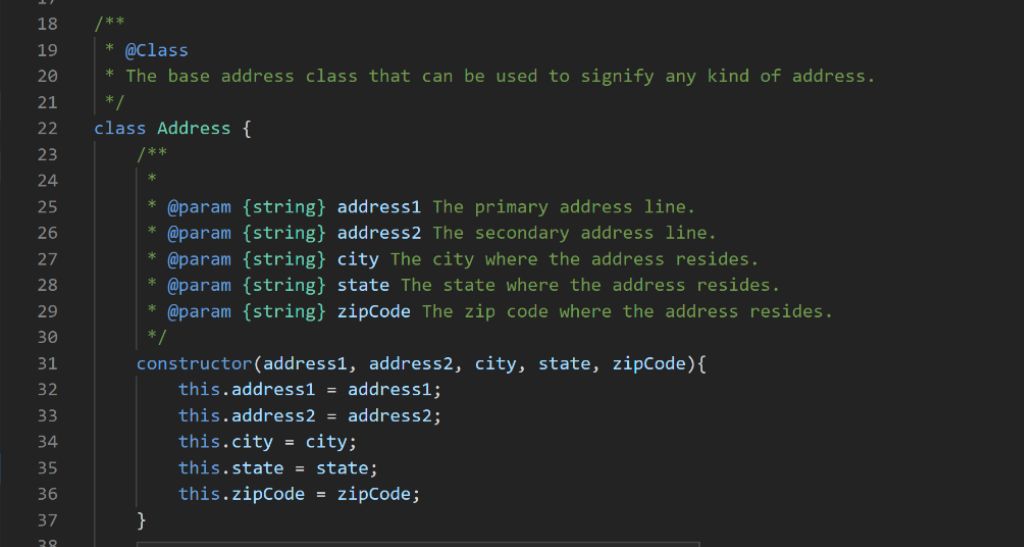A strong web hosting service is crucial for a successful online business presence. Two key factors to consider when selecting the ideal web host for your business unit are the cost of bandwidth and compliance with regulatory requirements.
However, navigating the world of web hosting can be challenging, especially when providers and business partners tout “unlimited” data transmission plans and performance enhancements that may not be as unlimited as they seem.
As experts in web hosting technologies with years of experience in the field, I am here to demystify transfer analog data packets and bandwidth for you.
In today’s post, I will clarify the concept of analog highest data transfer rate, explore its significance, examine the factors that impact it, and provide a guide to accurately calculate data transmission requirements for your website.
Table Of Contents
Quick Summary
Data transfer in web hosting is the total data exchanged between a website and its host in a given time, usually a month.
Bandwidth consumption and data transfer are influenced by factors like website page size, user count, and pages browsed per session.
While crucial, bandwidth and data transfer limits are less of a concern for beginners but vital for seasoned webmasters in choosing a web hosting plan.
What Does Data Transfer Mean?
calculate data transfer ratemeans the total amount of analog data transferred between a website and its host in a given period of time, which is generally a month.
Bandwidth is a broader term for calculating the digital data transfers and traffic flow rate between users on a site and the internet.
In short, bandwidth is the measure of the maximum amount of transferred data in any particular time, usually seconds.
Think of bandwidth as a tunnel and the cars passing through it as data transfer.
Bigger tunnels allow more cars to pass through them.
Do You Need To Worry About Bandwidth Usage?
No, you don’t need to worry about digital data transfer limits and bandwidth usage if you are planning on launching your first website.
Most hosting companies, even the budget ones, offer enough bandwidth to tide you over for the first year or two.
You would know enough by then to tell the type of digital data transfer limit you need.
Understanding that sites with less bandwidth take a long time to load is fundamental.
This is because visitors need to wait their turn.
Less data transfer rate means your site will be unavailable more frequently since you would have reached the maximum amount of allowed transfer digital data packet.
Data transfer limits and bandwidth usage becomes a concern if you are expecting a few hundred visitors each day.
Factors Influencing Bandwidth Consumption
Three primary factors impact bandwidth consumption:
Average Size Of Website Pages
Visitors need to download big data from the servers if your pages are large. Bandwidth usage will increase as a result.
Excessive use of high-quality images is a big contributor to bloated page size.
Number Of Users
Having more visitors on your page is a great thing.
But, that does affect your bandwidth and transfer data usage as well.
For instance, having 100 visitors visiting a page that is 1MB in size will use 100MB of bandwidth.
If that number increases to 500 users, it becomes 500MB of bandwidth.
Average Number Of Pages Browsed Per Session
Visitors will browse more pages if your website is engaging and attractive.
When a visitor accesses only one page on your site with a 1MB size, the bandwidth usage is 1MB.
Moreover, if the same visitor gets engaged with the site and ends up browsing 5 different pages of 1MB each, then they end up using 5MB.
The impact on bandwidth usage can be significant if your website gets hundreds of visitors.
As you can see, the impact on bandwidth usage can be enormous.
How Much Data Transfer Will Your Website Use?
How much data transfer your website uses heavily depends on the traffic you get, the size of pages, and the average number of pages that visitors load.
This makes it impossible to predict the data transfer and bandwidth required by a particular website.
However, this is a rough estimate based on averages:
The average size of a page on a blog is around 2MB per page
On average, three pages are browsed during a single visit on a reasonably engaging website
This means a visitor will use 6MB of bandwidth per visit. You can expect to use 6GB of bandwidth in a month if your blog gets 1,000 visitors per month as per this estimate.
You need to remember that the average page on your website could be smaller than 2MB if you don’t use advanced WordPress plugins or upload a lot of images.
Steps To Reduce Data Transfer Usage
These 4 best practices can help reduce data transfer if you are worried your website is going to exceed the bandwidth limit imposed by your host:
Use A CDN (Content Delivery Network)
Using a CDN, such as Cloudflare is by far the most impactful step to take for reducing bandwidth usage.
The content of your site and sensitive information will get distributed securely across several servers around the globe.
This means the pages will be served directly from the CDN servers instead of the host’s servers.
Data transfer between your website visitors and hosting server will be reduced significantly.
Use .Jpg Images
PNG format is larger than JPG images.
You can reduce the size of your web pages by having all images in JPG format. This will enable less bandwidth consumption.
Lever Browsing Caching Ability
Leverage your visitor’s browsing caching capabilities for preventing the same content from being downloaded repeatedly.
This will help you save some bandwidth on return visitors.
Speak with your hosting server to configure browser caching.
Install A Minifying Plugin For JavaScript Or JS
JavaScript code is a big contributor to a bloated web page size and increased bandwidth use.
Consider installing a Merge + Minify + Refresh plugin if you use WordPress.
This will merge all JS scripts on a single file for minifying the code.
Does Bandwidth And Data Transfer Limit Matter When Choosing A Web Host?
Yes, bandwidth calculation is critical when developing an app for the public or trying to lower hosting costs.
This is especially true if you are just starting out.
Most hosting companies offer more than enough data transfer and bandwidth for low-traffic volume beginner websites.
Final Thoughts
For beginner webmasters, any plan with a minimum of 50GB bandwidth will be enough in the first few years of activity.
You shouldn’t spend too much time worrying about how is digital data transferred and what minimum monthly data transfer is necessary.
Instead, you should focus on safety, affordability, and performance.
For seasoned webmasters, bandwidth is a vital consideration and you should find a web hosting plan that is adequate as per your traffic, average page size, and overall website size.
You can receive exactly what information is needed about the leading web hosting providers by checking out our in-depth analysis of best hosting providers for small business.
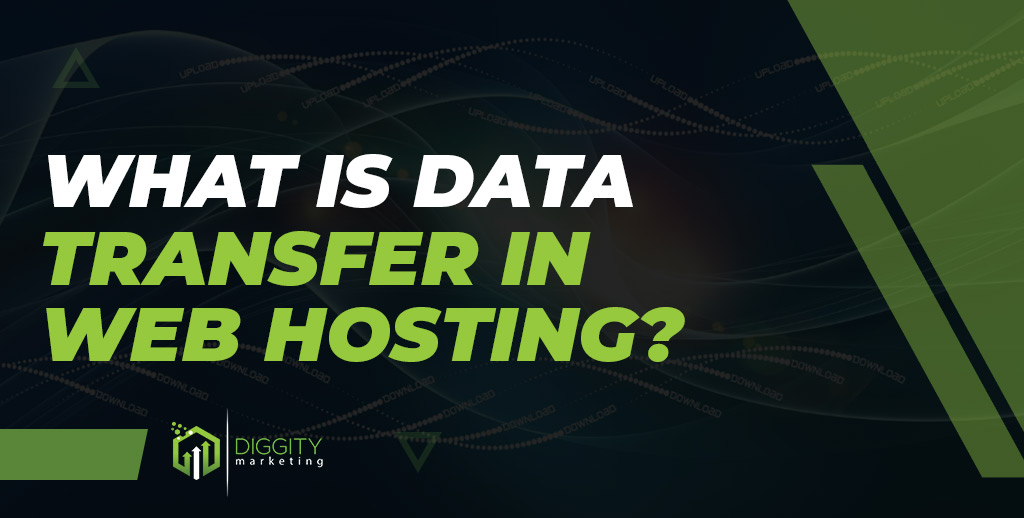
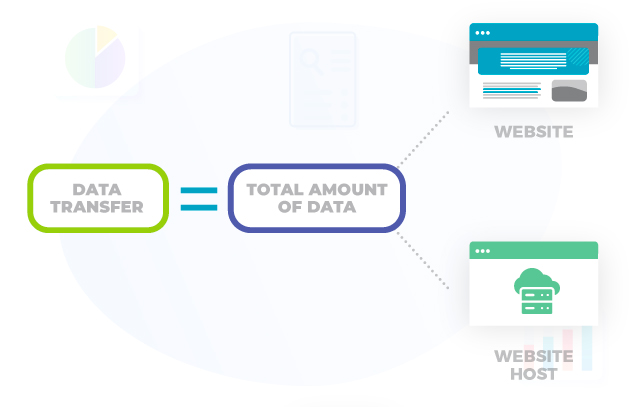

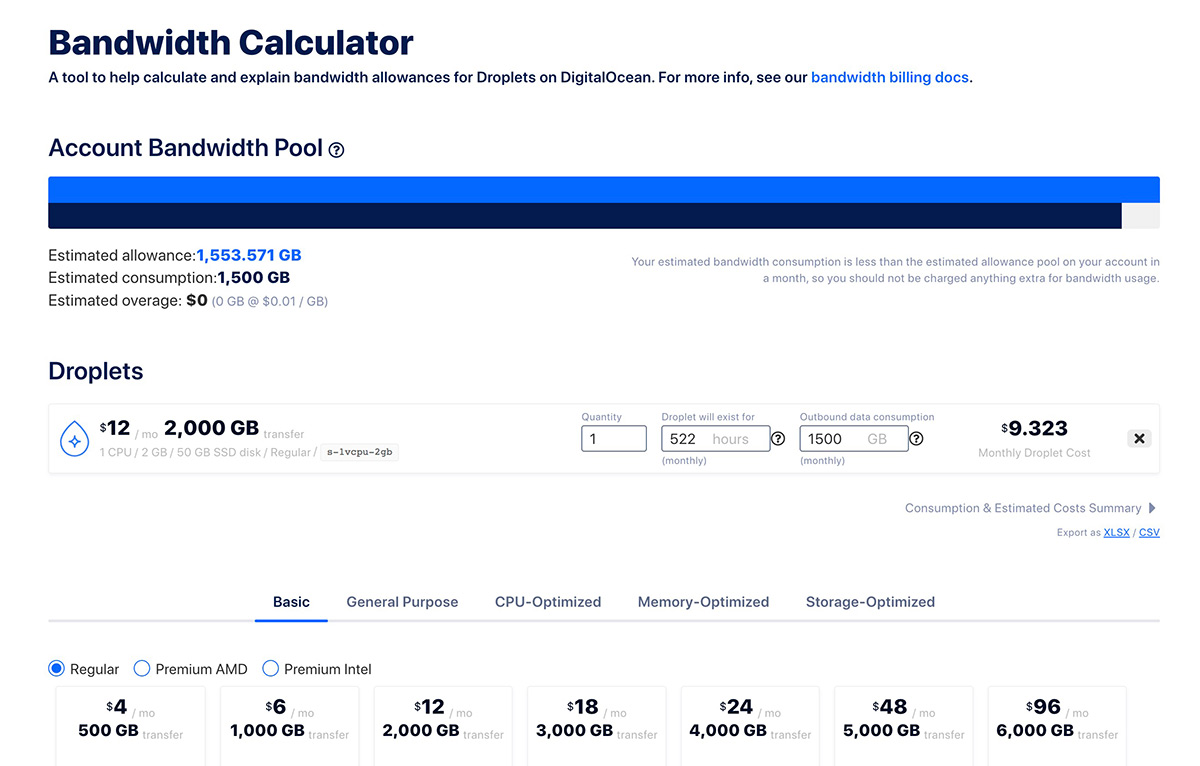

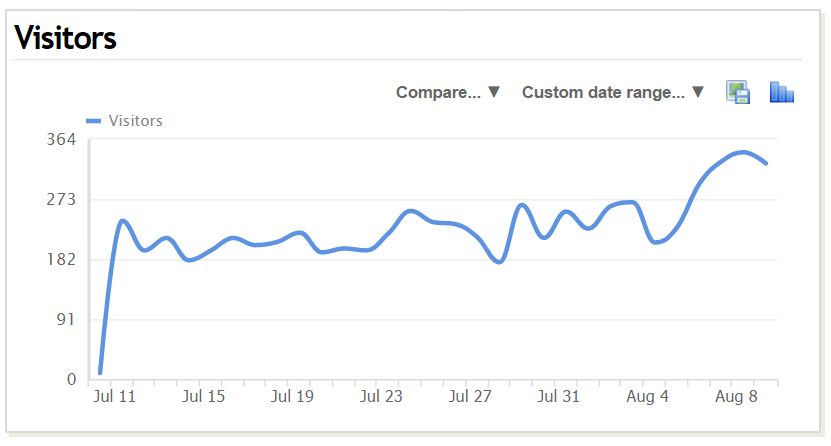


 The average size of a page on a blog is around 2MB per page
The average size of a page on a blog is around 2MB per page